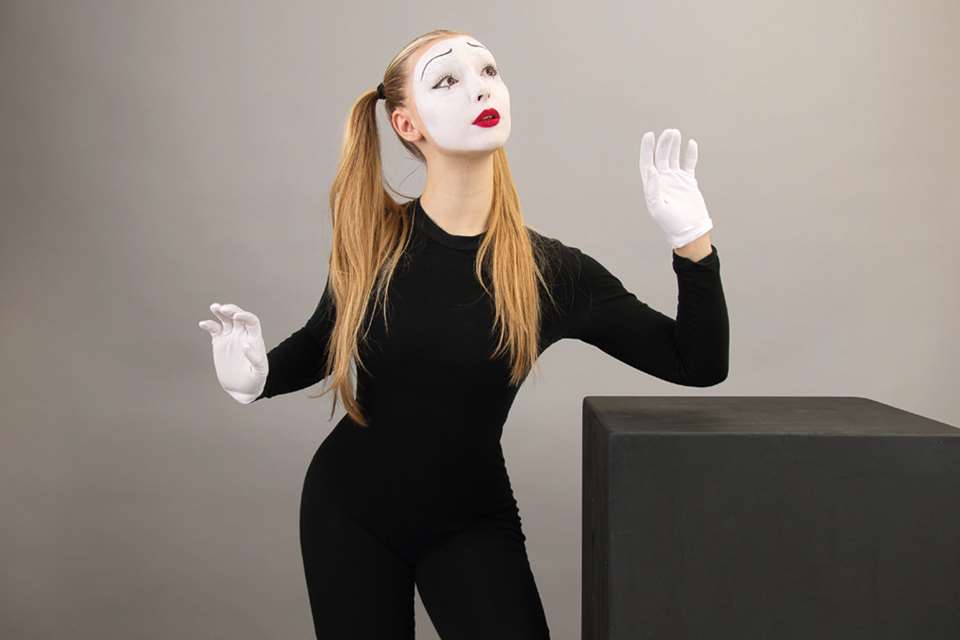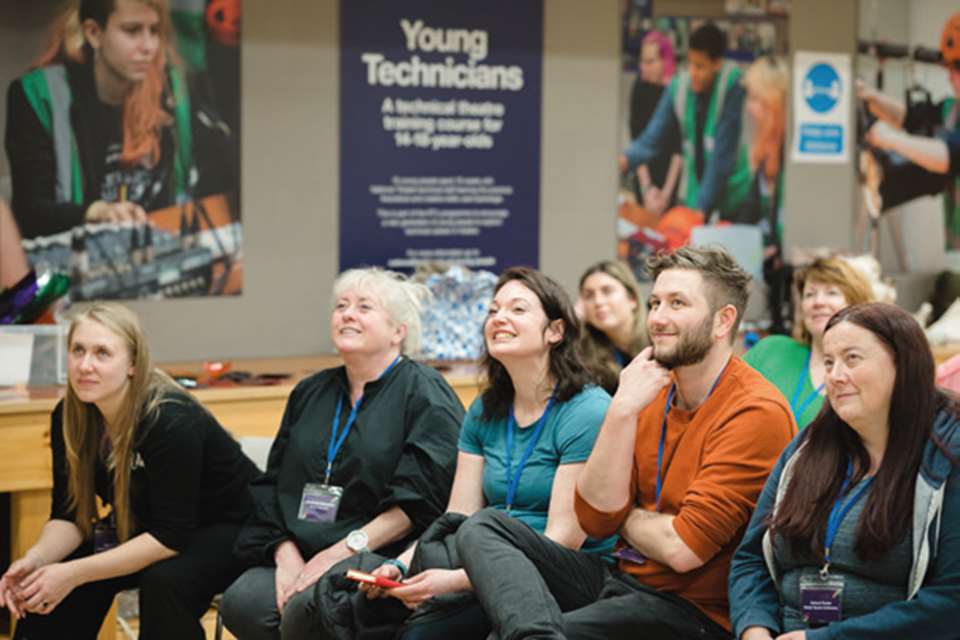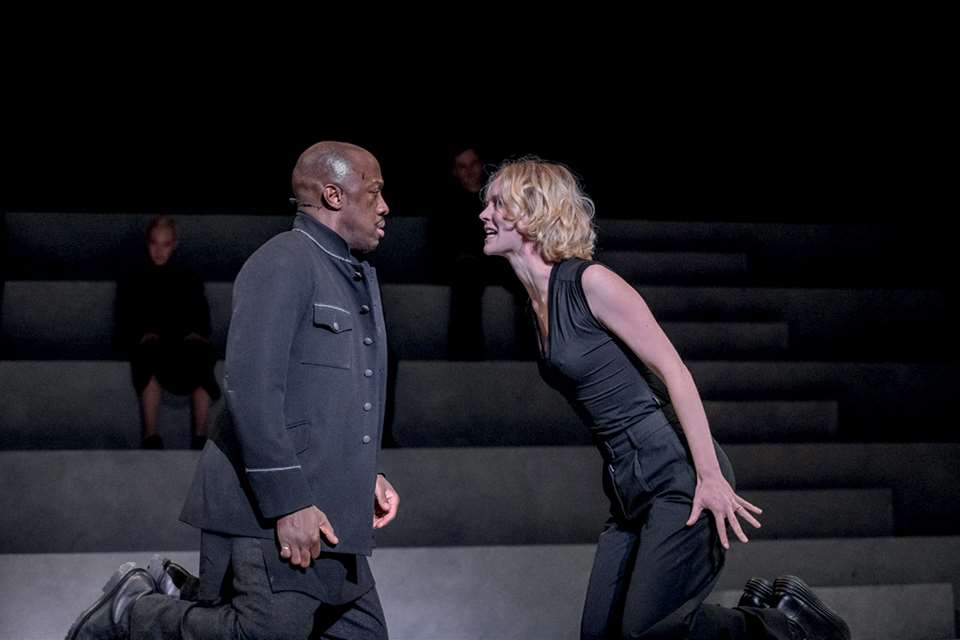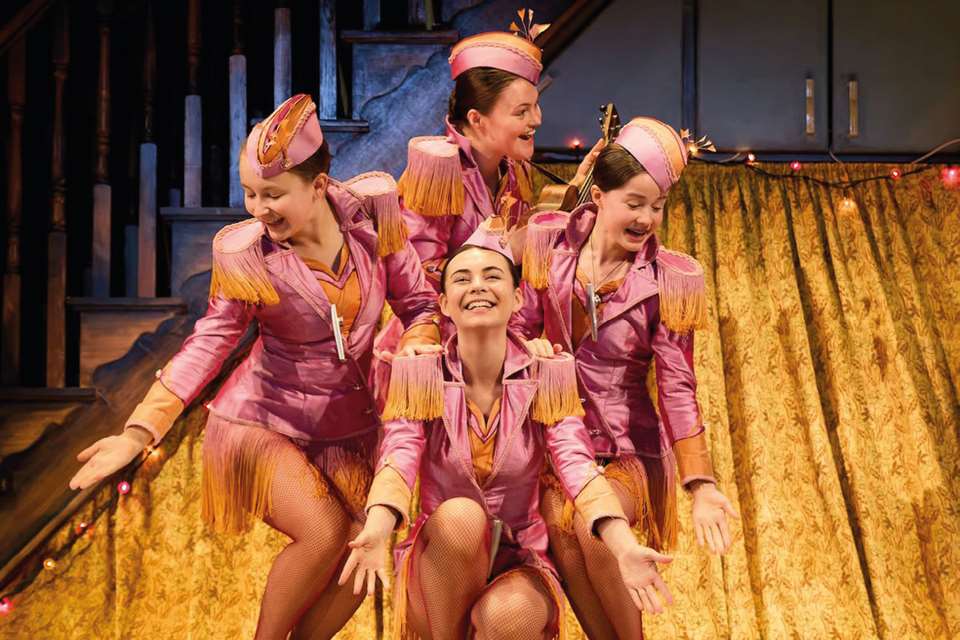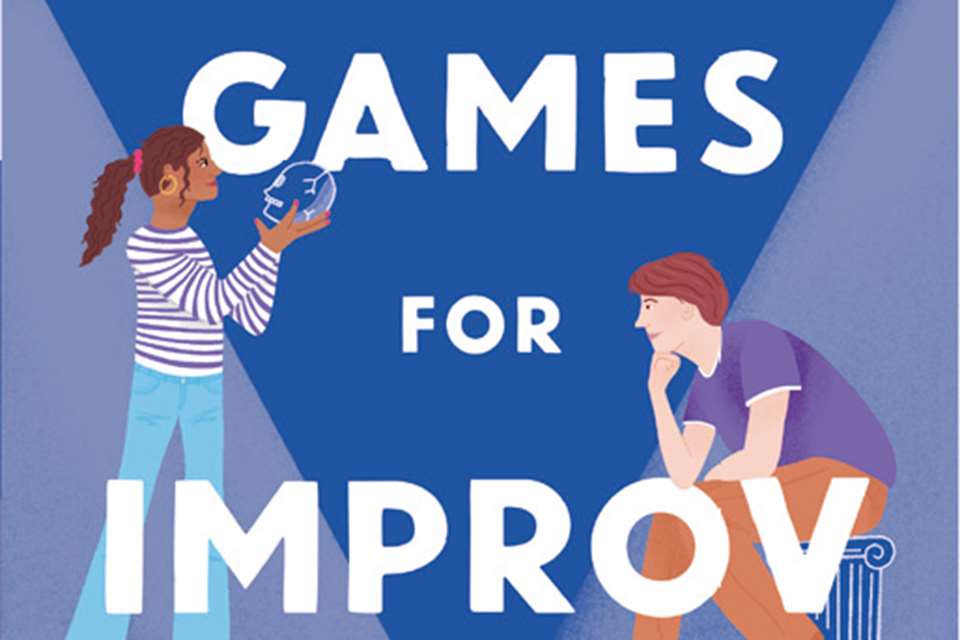Improvisation with Primary
Sam Marsden
Friday, March 1, 2024
Drama teacher and author Sam Marsden provides us with an introduction to tackling improvisation with those aged between 4 and 11, complete with a warm up and exercises
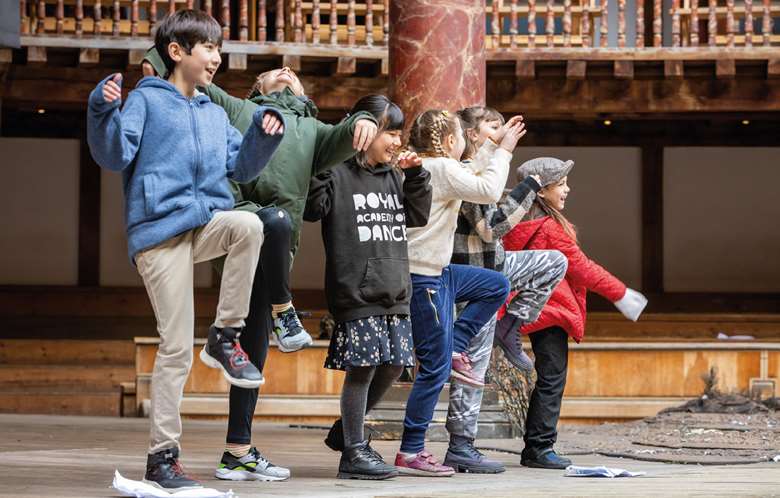
Pete Le May/ Shakespeare's Globe
Children are often taught to curb their spontaneity, but with improvisation we're training them to trust it. Improv can get messy, but it's the inner work that matters more than the outer. Improv can help students to connect to their intuition, imagination, and others.
Before starting an improv class it's good to lay down a few of the golden rules of improv work. These are: Don't block and go with the ideas of others. Fully commit and go for it. Failure is no problem. Trust yourself and go with the first thing that comes into your head. Listen well to others and then react.
Warm up – Slow Motion/Play/Double Speed
Ask students to stand in a circle. You'll give a short instruction and will say either ‘slow motion’, ‘play’, ‘double speed’, or ‘quadruple speed’. For example, you might say, ‘Bake a cake, play,’ which means pretend to bake a cake at normal speed. After about thirty seconds you might change it to slow motion, and students will imagine baking the cake in slow motion. After a little time you might say, ‘double speed,’ and they will bake a cake at double speed. Here are some other ideas for actions, which you can say with different speeds:
- Wrap a present
- Eat spaghetti
- Read a book
- Brush a giraffe
- Clean the toilet
- Make a magic potion
You can also ask students to call out actions. If a student leads, I find it works best to choose one student and to let them take charge for a few rounds, then give someone else a turn.
Mime – Magic Box!
Ask students to sit in a circle. Explain that you've bought something very special to class. Get up and retrieve an invisible magical box. Mime holding this heavy box and sit down in the circle, placing it in front of you. Explain that in the past, children have pulled all kinds of things from this box. You might say something like:
‘Once, a child pulled out a cute baby bunny. Sometimes children find things to eat in here, or sports equipment. And there was this one-time a girl pulled out a broomstick and went flying around the classroom! We couldn't get her down! I'm going to open this box now and see what comes out.’ Slowly and dramatically, open the invisible box and pull something out. You might start licking an ice cream cone, for example. Ask students to raise their hands if they know what it is, then choose someone to guess. Once someone has guessed correctly, you can add a little more magic by saying something like, ‘Yes, it's ice cream, and it's very special ice cream! It changes flavour with every lick. I tasted chocolate, strawberry, and bubble gum!’
Explain that the box will get passed around the circle and that students need to remember to open the lid before pulling something out and to close the lid when they're done. Reassure them that they can pull anything out of the box—there is no right or wrong answer. If a child doesn't want a turn, they can pass the box to the next person. Once the box has been around the circle, pick it up and put it away out of sight to maintain the illusion. When you return, ask the students to put away whatever they took from the box with their coats and bags. Tell them that they can take the items home and keep them!
Creating a fairy tale with a twist
Ask students to get into groups of four or five. Explain that they are going to create a short scene, or whole fairy-tale. based on a traditional fairy tale, but they'll add a twist. Younger students might find it easiest if one of the group members narrates the story and the others act it out. More advanced students won't need the support of a narrator. As a team, they will decide on a fairy tale and a twist. If telling the whole fairy tale feels too overwhelming, they can focus on just one scene.
You can give some examples to get students started. For example, perhaps the three bears break into Goldilocks's house and break her things. Or perhaps Sleeping Beauty must find a way to wake the sleeping prince. Give students 10 to 15 minutes to put something together, and then ask them to show what they've created.


